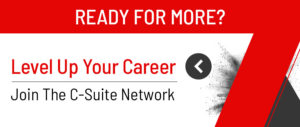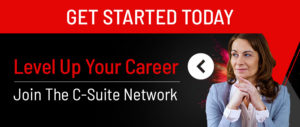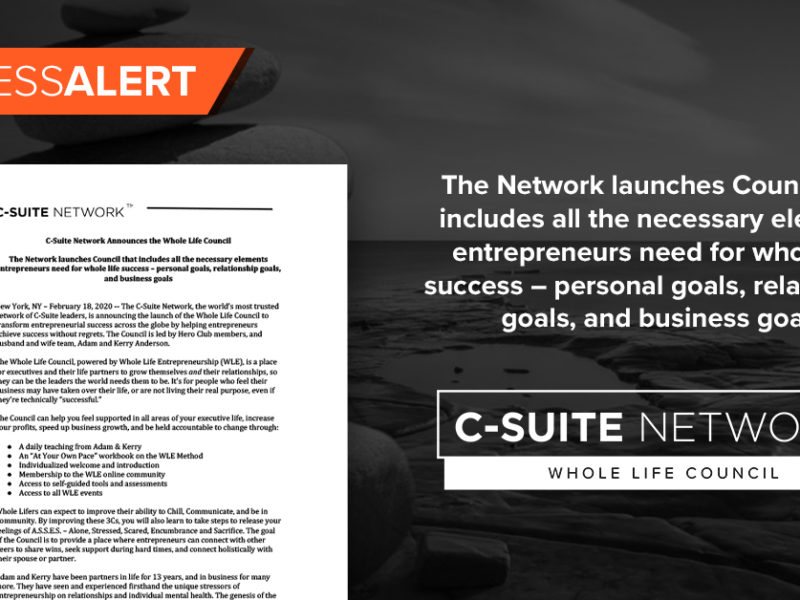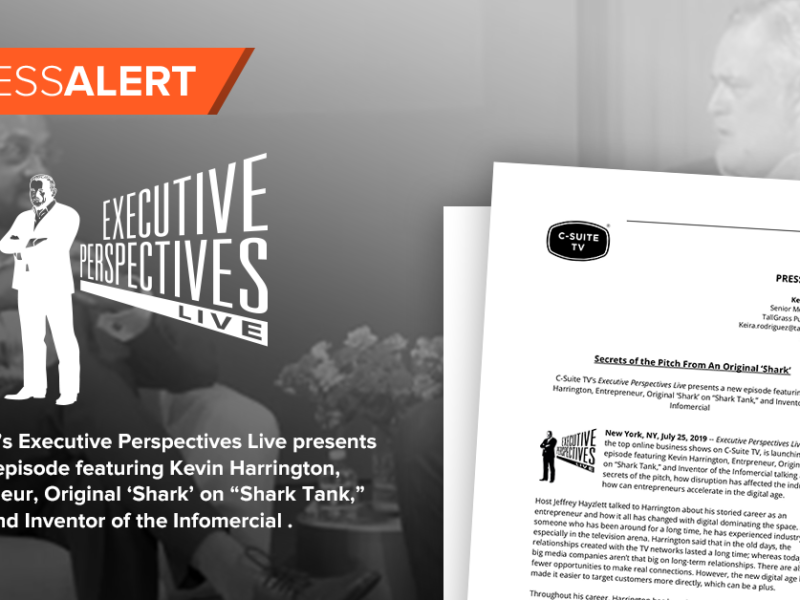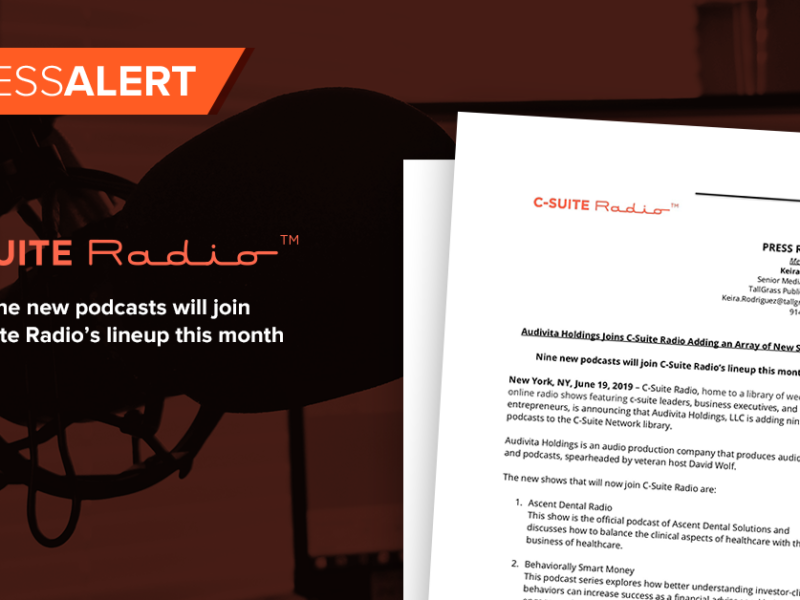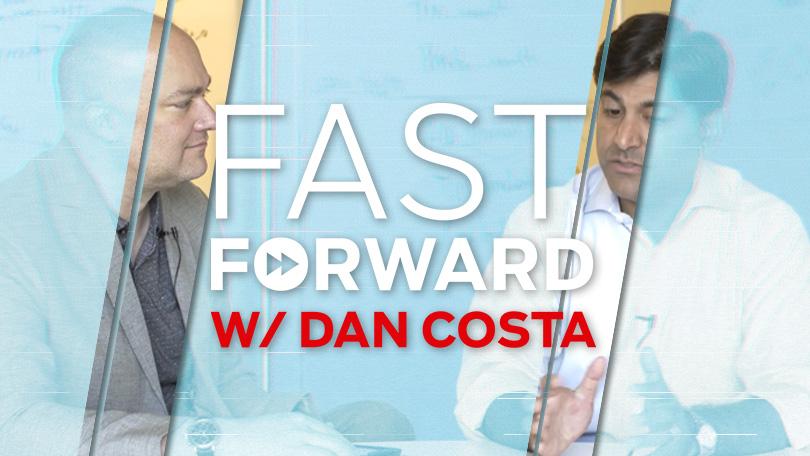
Why Obama’s First CTO Is ‘Hopeful’ About DC, Loves Twitter
Why Obama’s First CTO Is ‘Hopeful’ About DC, Loves Twitter https://csuiteold.c-suitenetwork.com/wp-content/uploads/2017/06/why-obamas-first-cto-is-hopeful-about-dc-loves-twitter.jpg 810 456 C-Suite Network https://csuiteold.c-suitenetwork.com/wp-content/uploads/2017/06/why-obamas-first-cto-is-hopeful-about-dc-loves-twitter.jpg
For this week’s edition of Fast Forward, I’m talking to Aneesh Chopra, the first Chief Technology Officer of the United States, but now the author of Innovative State: How New Technologies Can Transform Government and founder of NavHealth and Hunch Analytics.

We discuss how technology can change government, consumer privacy and— most importantly—his optimism about technology, government, and the direction in which the country is heading.
Dan Costa: I want to talk about the optimism that I have sensed from you about technology and government because frankly, that optimism is hard to find these days.
Aneesh Chopra: But it’s grounded in reality. That’s the best news. We have reasons to be hopeful we’ll get into.
I will allow you to convince me. But first, you were the nation’s first Chief Technology Officer. I understand that role is now open. Is there any chance you would like to serve again?
No. I will not serve in this role but I will say, I’m excited about the team that President Trump has already assembled in that office. His Deputy Chief Technology Officer [Michael Kratsios] is a phenomenally talented technology leader and has already begun making, I think, very positive moves to continue and build upon the work that we’d started.
So you were the first CTO. Can you just explain to the audience why the United States needs a Chief Technology Officer?
Well, let’s begin with what the President had called for. President Obama ran for office and he basically said we’ve got to find a way to tap into the expertise of the American people to solve big problems. He didn’t really believe Washington was going to be the center. And whether you voted for the President or not, that was his philosophy and he realized, early, that we have new technologies that allow us to communicate all over the world instantly
But…to influence [anyone in] Washington, you’ve got to hire lobbyists, you’ve got to be in some smoke-filled room in D.C. It didn’t have the same sense of democratization, and so [Obama’s] assignment on day one, when he was in the midst of the economic crisis, was to create a position called the Chief Technology Officer, who would help him advance a more open and transparent government. Not only to make the data the government held more available, but to listen to the American people’s voices so we were more participatory and to find [a way] to collaborate between the public and private sector and nonprofit sectors to solve big problems. And that’s exactly what we focused on in the first term.
Watch: Fast Forward: Former U.S. CTO Aneesh Chopra
Mute
Current Time 0:00
/
Duration Time 0:00
Loaded: 0%
Progress: 0%
Stream TypeLIVE
Remaining Time -0:00
Playback Rate
1
- Chapters
Chapters
- descriptions off, selected
Descriptions
- subtitles off, selected
Subtitles
- captions settings, opens captions settings dialog
- captions off, selected
Captions
This is a modal window.
No compatible source was found for this media.
Foreground — —
Background — —
Window — —
Font Size 50%
Text Edge Style None
Font Family Default
We’re going to get to the sort of government data sets in a bit, but I saw you gave a very optimistic speech yesterday. It’s obviously a very polarized environment in Washington, D.C. right now, but your speech was filled with optimism that I think is really hard to find these days. Why do think things are getting better, at least in this particular respect?
Well it appears we’re on a bipartisan trajectory to modernize the interface between the public sector and the private sector, and what that means is that both parties are in general agreement that we want to tap into the expertise of the American people, allow entrepreneurs and innovators to join hands. We may disagree on what we want them to focus on and we’ll have a big political debate should it be on closing up our borders or advancing health care for everyone. That’s a healthy debate. We’re not going to see a lot of consensus potentially on an agenda, but if we have an underlying infrastructure that’s open, there’s no R or D highway lane.
We use it every day to advance commerce. So if we had that same construct in our infrastructure, increasingly our digital infrastructure, than I can bring my own device to school, I can have my kids connect their educational learning records to the Khan Academy so when they come home, we can watch the Khan videos that directly relate to the subject matter they’re struggling with in the classroom and it can all work seamlessly. We’re using these new technologies [to make] our personal lives better but [they can now] transform our health, our energy, our education, our financial services, the regulated sectors, and that’s why I’m hopeful.
Are there more examples of common-ground issues that are not R versus D but really American ideals that can be advanced through technology?
I might be aggressive in suggesting that the strategy for American innovation that President Obama published and President Trump’s new Office of American Innovation will likely have the same core elements. One, that the country’s going to redefine its role in infrastructure, away from traditional roadways, railways, and runways but to expand it and include human capital, R&D, and digital infrastructure, which you can think of as broadband but can be more broadly, the digital electrical grid as well as the healthcare systems.

Second, that we have rules of the road. Whether we think they should be heavy or a light touch, there will be rules of the road to protect our security, engage on privacy issues, and make sure that we’ve got some competition policy that makes the digital economy work for everyone. Again, we may have differences of specific tools but the framework is that we need to have some collaborative view.
And then last but not least, this notion of opening up. That regardless of how we want to deliver government services, that the most efficient way is not to have everybody log in to one website but to have many choices. Some privately sponsored, some nonprofit sponsored, some public sector sponsored but with the premise of making sure people have all the information they need about the decisions in their lives, at each moment of a decision and at that moment, we have a country that’s moving forward.
That’s actually one of the things that I think you were most successful at during your tenure—providing access to these government data sets to consumers and businesses. Can you talk a little bit about that process, because we’ve come along way in a relatively short period of time?
Well, it started with what we’ve already known to be a successful case study, which is the weather industry. Going back 50+ years, there’s been this consensus, not sure exactly if it was sort of master planning or just serendipity, but there had been the notion that we would invest the billions the country invests in satellites and sensors and other equipment, bring that information into an environment and then expose it. It was a judgment made going back over the last several decades that that information should be freely available.
At one point there was a debate, ‘why do we need to have a weather.gov when we have weather.com?’ That was sort of a naive understanding that weather.com is 100 percent powered by the open data sets that power weather.gov and that it’s not an either or but it’s reference of limitation that we compete on making it better. When we realized that that model works, we said let’s shift the default. What President Obama’s instructions to us were and our directive back to the agencies was three things.
One, immediate culture change. Make three data sets in your current environment openly available in 45 days. Two, develop a plan and engage the American people in the development of that plan so that you’re listening to the data sets they value. And then three, we wanted to build some celebratory best practices and sort of honor those who’ve done it right to scale what works.
It turns out my successor, Todd Park, was the first awardee of our Best Practices because he didn’t really focus on the supply of data. Can we add another data set to a website that no one ever heard of? But he went out and visited developers and said, ‘Hey I’ve got a whole menu of data sets. Why don’t you begin thinking about using it.’ So he emphasized the use, not the supply, and that led to this movement. There are now thousands of people that convene in Washington every year in Health Datapalooza, and it’s because people are now being engaged on the use of that data to build better products and services for people who need healthcare and that’s something that we’re seeing scale in every domain.
So that’s the private sector taking public data and innovating with it and creating products and businesses?
That’s right.
Does it flow the other way? Do private sector companies like Uber share their data sets with the cities they’re operating in because it’s got better traffic and commuter data than the cities themselves?
Yeah. Well, Waze struck an agreement with the City of LA exactly for that purpose. When we were grappling with what to do in the wake of emergencies, FEMA said, ‘Well, what if we collaborated with utilities and others and we said let’s crowd source information so that we can be smarter about what happens at every moment in time.’
In fact, data collection has always been a role of government. It’s been a regulatory tool in government but we hadn’t thought about it in the context of digital products. I just want to drive home in the fastest, safest way possible and if getting there is a combination of sensors in the roads when they’re being built that can communicate speeds in combination with crowd sourced information, collected by a private entity or a group of them, the marriage of those two data sets could help me live a better life. This isn’t the private sector doing it outside of the role of government. It’s in collaboration with.
Thanks to the digital economy, there’s no scarcity. It’s not like I give you a copy of the data set and therefore I cannot give it somebody else. There doesn’t need to be a single owner of the data. Copies can be made available more widely and let the marketplace decide how and where the best methods of information sharing might be.
So, it is most certainly coming back. We had a national broadband map where people began telling us where and how they were not getting access to broadband and that was informing policy about gaps. So this notion of crowdsourcing and collaborating can be done at the individual or corporate levels.
One of the things that often gets left out of these conversations is the idea of consumer privacy. It’s great to share, but there’s so many privacy issues that get brought up. Is that an area where we need more regulation?
For sure. President Obama asked our team to look into modernizing privacy in a digital age and we called it our Internet Privacy Bill of Rights. In the early parts of 2012, we put up a framework that said, ‘Look, we need to move to a baseline regulatory standard.’ And we used the Fair Information Practice standards inside government … That’s a basic principle that you’ve got to communicate and honor the wishes of your customer. So we thought one way to do that would be to shift the world from notice and consent where … Have you read a user agreement online?
I have not. I have clicked through a ton of ’em.
It’s like how fast can I find the agree button to move on? But if you have settings panel … So if you go to Netflix.com/settings, it reminds you of all the places you’ve authorized to gain access to your Netflix account. Now, that may be sensitive to you—like what movies you watch—and that may not be something you want advertisers to know when they hit you up on your magazine’s properties. We did put forward a framework. It didn’t make it through Congress, but there are two other ways we’ve had influence.
One, there are existing regulations for health privacy, education privacy, financial services and teller communications and so we said, ‘Okay, in the regulated domains, let’s get each expert agency to begin advancing the ball.’ What we’re starting to see is a more voluntary alignment. So let me give you an example. In the medical records space, when your doctor or your hospital holds your data, they’re regulated. If you ask for a copy of that data and you want to put in your computer or on an app on your phone, unregulated. What that app does with your data might be benign. ‘Hey, I’m just going to give you information about the time you have take your medications.’ Or maybe a little bit untoward, which I’m going to sell the fact that you’ve got this health condition to advertisers so that they can more directly influence you.
Well, we put up a model privacy notice and what does Apple…

